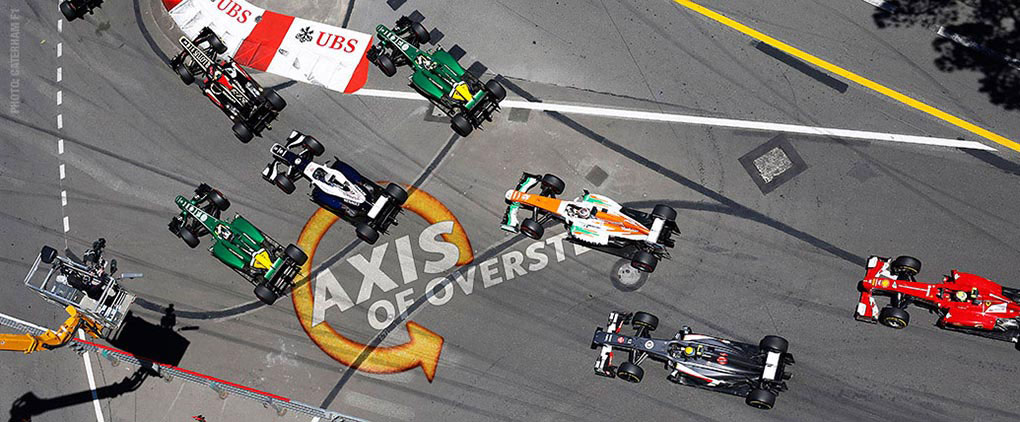May 23, 2011
Formula 1 Guitar
by
AC
Handsome Dick Manitoba may have rocked Young Fast Scientific but this guy is...REALLY scientific. Any thought's this man's obsession is mere playing around stop when you see the light turn off as Kubica is see entering the tunnel in Monaco!
Or when you read his technical explanations:
"... Monaco is a one-of-a-kind circuit in so many ways. With the guitar I noted it was the hardest circuit to play in the championship so far, with very quick gear changing (a feeling reinforced by playing a different driver than the smooth Fernando Alonso) and very quick accelerations. Note also the use of first gear in the slowest corners of the championship, a not very usual fact this season with the unloaded fuel tanks during Q3.
I am sorry for my careless low start of 7th gear in the guitar playing, when this straight-less circuit demands a very short 7th gear."
He too is worried about the technical regulations coming in 2013
"...When I started thinking about how to make my guitar videos, I first calculated the theoretical pitch of current Formula 1 V8 engines. This way, we have the revolutions limit in 18000 rpm, which is 300 revolutions per second, that is 300 Hz. Given that a four-stroke engine cylinder has one explosion for every two revolutions, we have 150 explosions per second per cylinder. Therefore, the eight cylinders of a V8 engine make for a total of 1200 explosions per second, that is a sound of 1200 Hz, which is a musical note slightly above D6. However, the actual sound we hear on TV onboard laps has a predominant frequency of 600 Hz when the engine is on top revolutions, which is a subdivision of the 1200 Hz theoretical sound. That is the main frequency I play on my guitar videos, using appropriately tuned third and fourth strings past 22nd fret to have a 600 Hz sound (D5).
With the new engines, to be used from 2013 on, the revolutions limit is set to 12000 rpm, which means a reduction of the engine sound pitch by 12000/18000 = 2/3. Moreover, the engines will have 4 cylinders instead of 8, which will reduce by 1/2 the pitch of the engine sound. Altogether, we will have 2/3 x 1/2 = 1/3, so the 600 Hz sound on top revolutions will be divided by 3 to turn into a 200 Hz sound. That corresponds to a musical note slightly above G3, around the 3rd fret of a guitar for third or fourth strings, so I will have to buy a bass guitar if I want to play slow corners of a Formula 1 lap in the future, or even a contrabass for the Monaco famous turn 6."
Check out more at Formula1guitar.blogspot.com in English and Español!
(Thanks @Circuitoftheamericas)
end of post
Subscribe to:
Post Comments (Atom)
